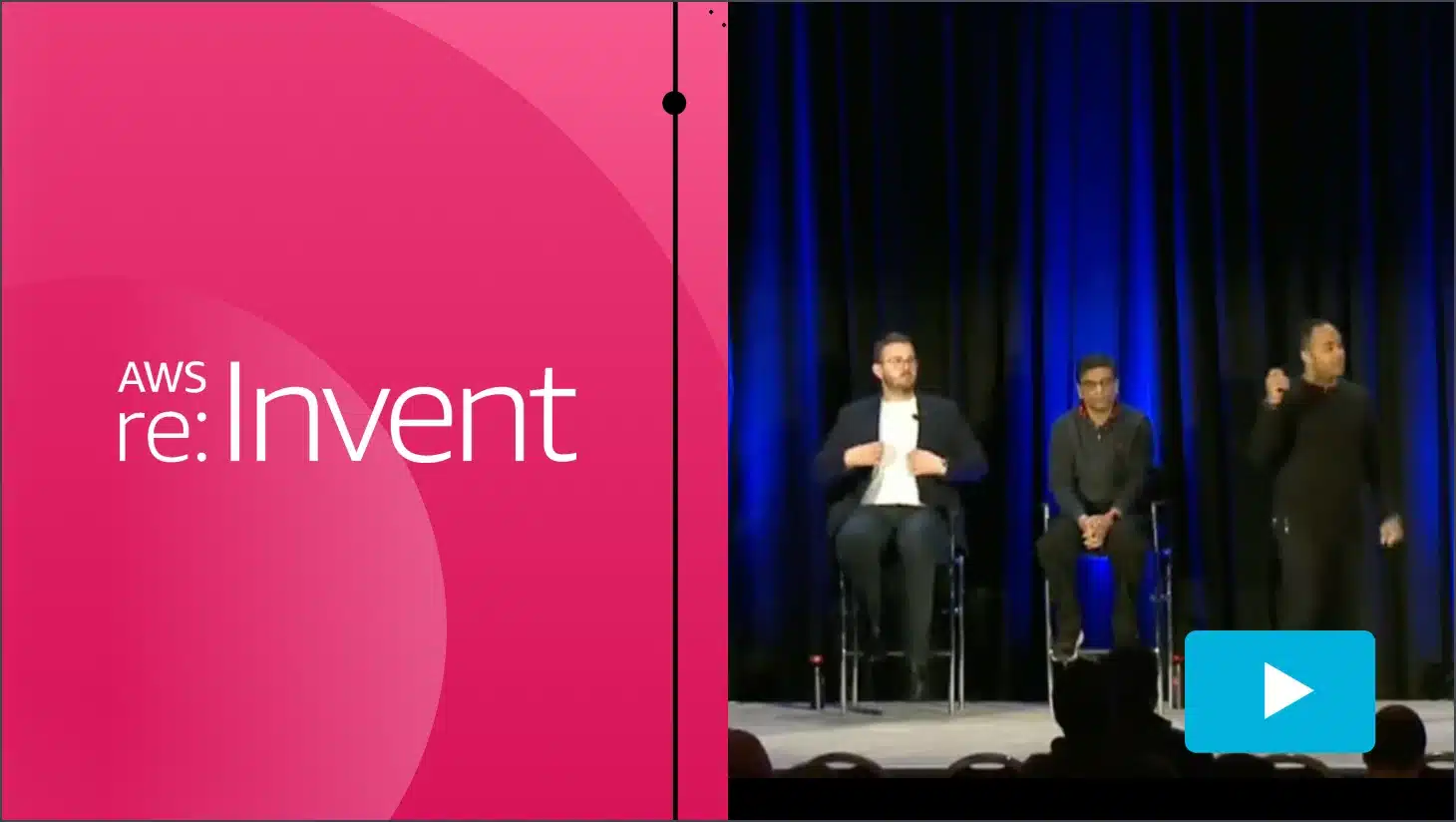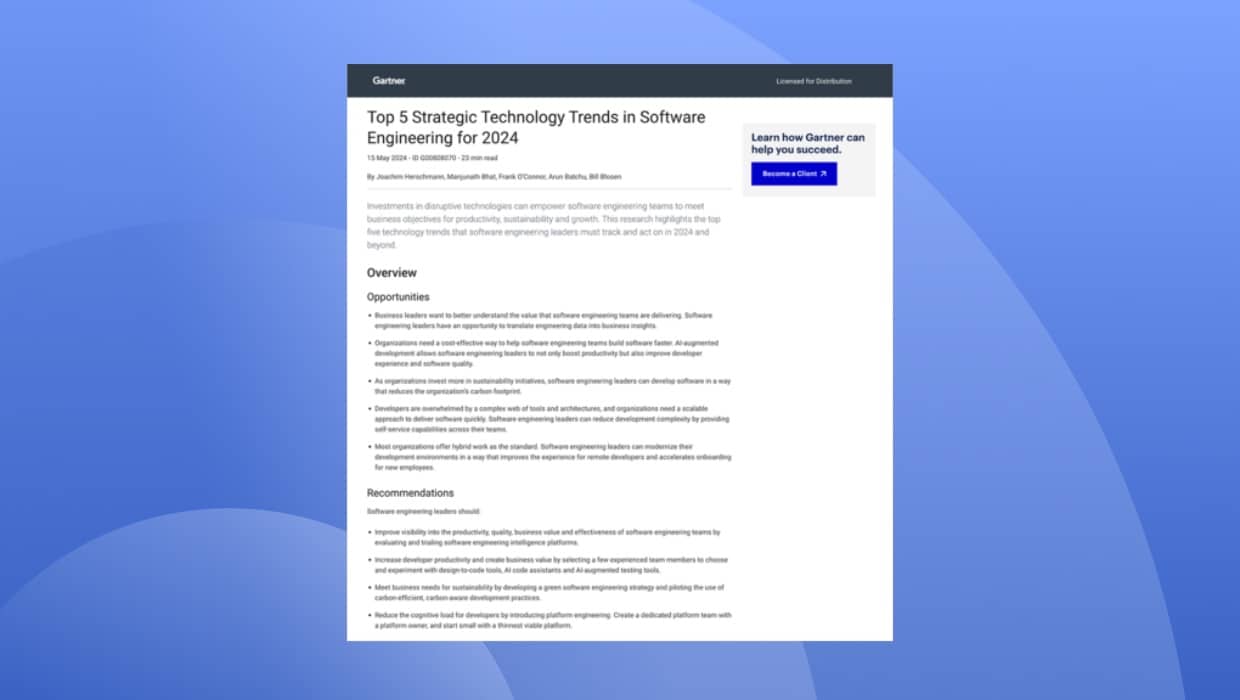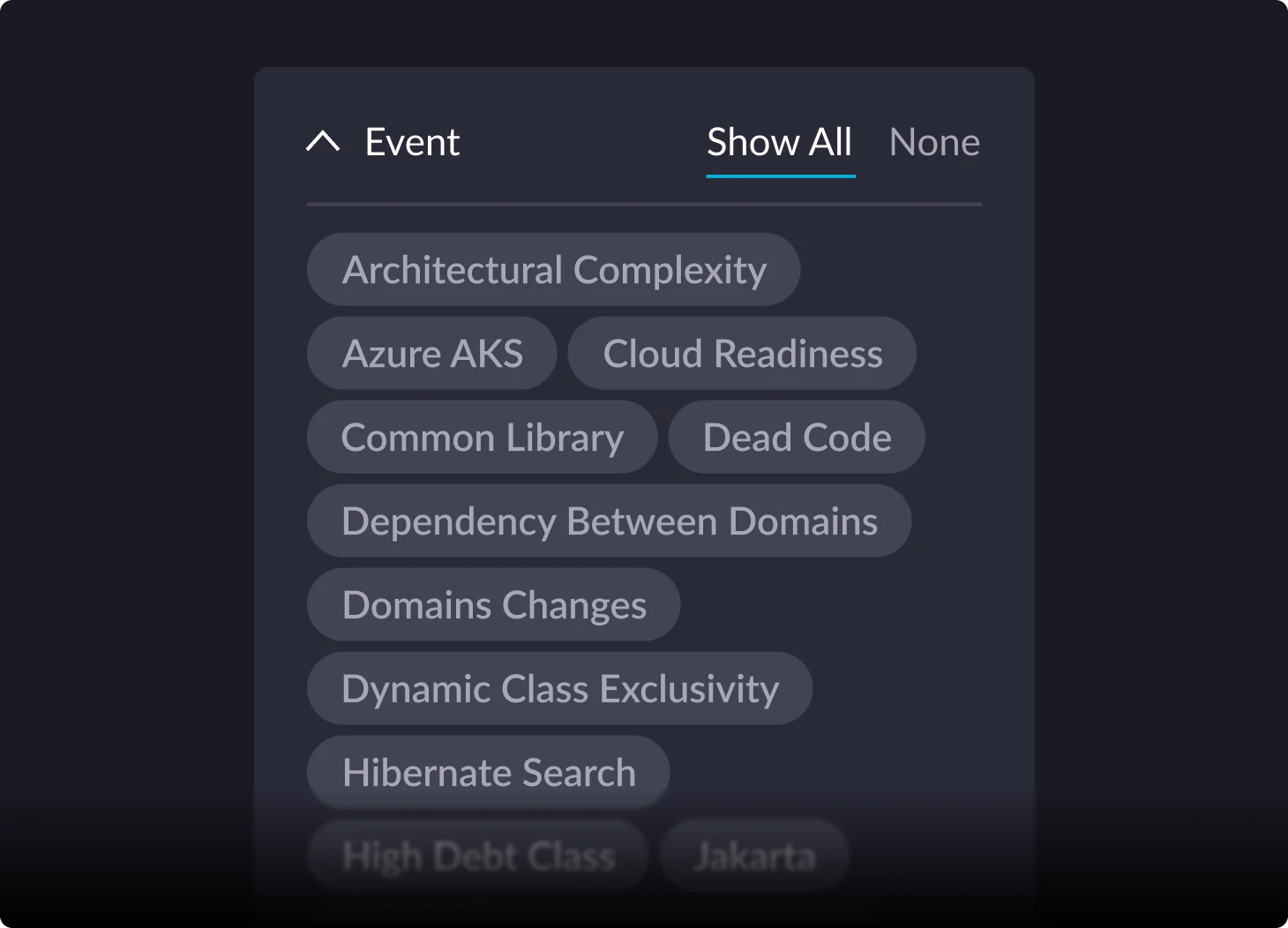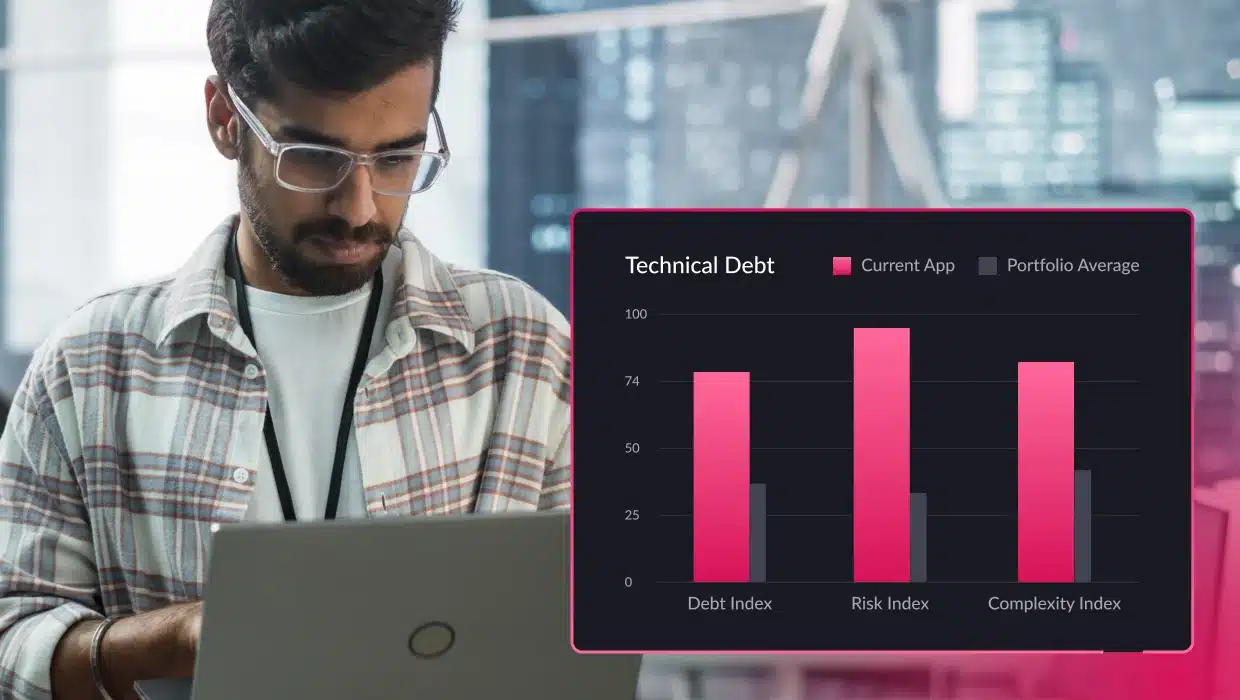Architectural technical debt:
A multi-billion dollar problem
The largest source of technical debt today lies in application architecture, where complexity, architectural drift, and poor architectural decisions reduce engineering velocity and block modernization initiatives. vFunction is the only platform that focuses specifically on this challenge, identifying the many types of technical debt that can be remediated by refactoring and architecture modernization.







